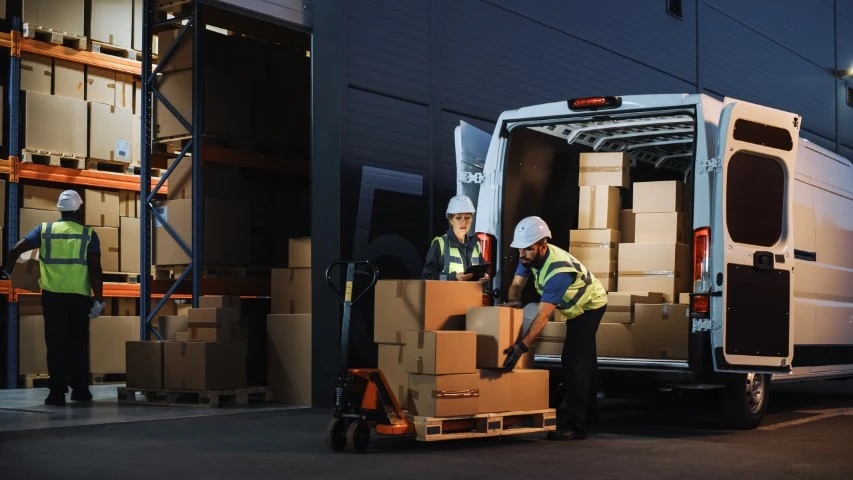Climate Extremes Prompt More And Better Scenario Analysis
Climate Extremes Prompt More And Better Scenario Analysis
Both temperatures and the physical climate risks they generate are rising faster than expected, making the need for better scenario analysis even more pressing.
According to the Copernicus Climate Change Service – an EU lead initiative which provides climate data – the world’s September 2023 temperatures were the warmest on record. The monthly average surpassed the previous record for September by 0.5°C. 2023 is also on track to be the warmest year on record. This links to a summer of extreme weather: wildfires across Canada, Greece and the Hawaiian island of Maui, as well as flooding in Libya. So, what does this mean for firms?
More frequent extreme weather events make a strong case for better understanding the acute and chronic physical climate risk picture. Acute risks are immediate and destructive events, such as the wildfires of the summer, that are short lived but have major impacts immediately. Chronic risks are sustained shifts in climate patterns that can be seen through recent rising temperatures and seasonal shifts. These risks will escalate over time as the impacts of climate change become more severe. Climate scenario analysis is a key tool to assess these risks. Businesses should leverage climate scenario analysis to:
- Identify climate related risks and opportunities. Through climate scenario modelling, firms can create actions and strategies to mitigate climate change’s impact on their business. Scenario analysis can also be viewed as a valuable opportunity identification tool that can help to inform commercial decision-making. For example, after conducting climate scenario analysis, Rolls-Royce were able to identify nuclear power, flight electrification and hybrid electric systems as key business opportunities in their transition to net zero. These areas have since become a key focus in their roadmap to net zero.
- Disclose in line with voluntary standards such as ISSB and TCFD. Firms wishing to voluntarily comply with TCFD or ISSB frameworks are required to use scenario analysis to help inform their climate resilience. By complying with these disclosures, businesses can gather investor-grade data and complex analysis that informs business strategy.
- Provide information to investors. Climate risk is important to investors, who want to know how organizations are future-proofing their businesses to deal with changing climatic conditions in the not-too-distant future. In a move to help investors quantify climate risk, BlackRock recently partnered with Baringa to integrate its Climate Change Scenario Model into BlackRock’s Aladdin Climate technology offering.
Despite the benefits of scenario analysis, it is a complex task that firms often ignore or struggle to complete. With increasing extreme weather events impacting firms in all different sectors and geographies more frequently, it is vital to prepare for the risks of future climate change. For valuable insights that can help organizations navigate this process, read Verdantix Best Practices: Climate Scenario Analysis.





















